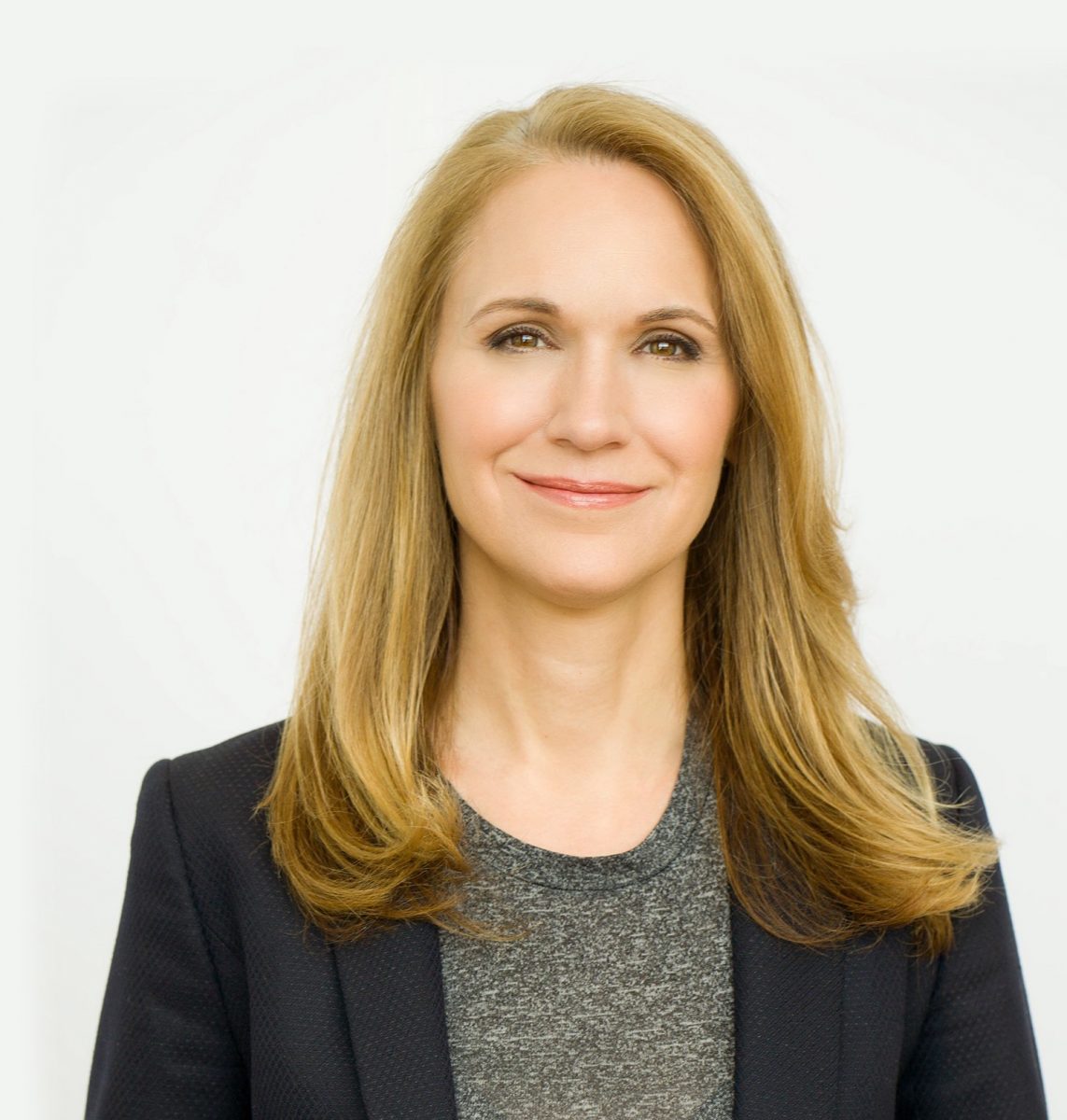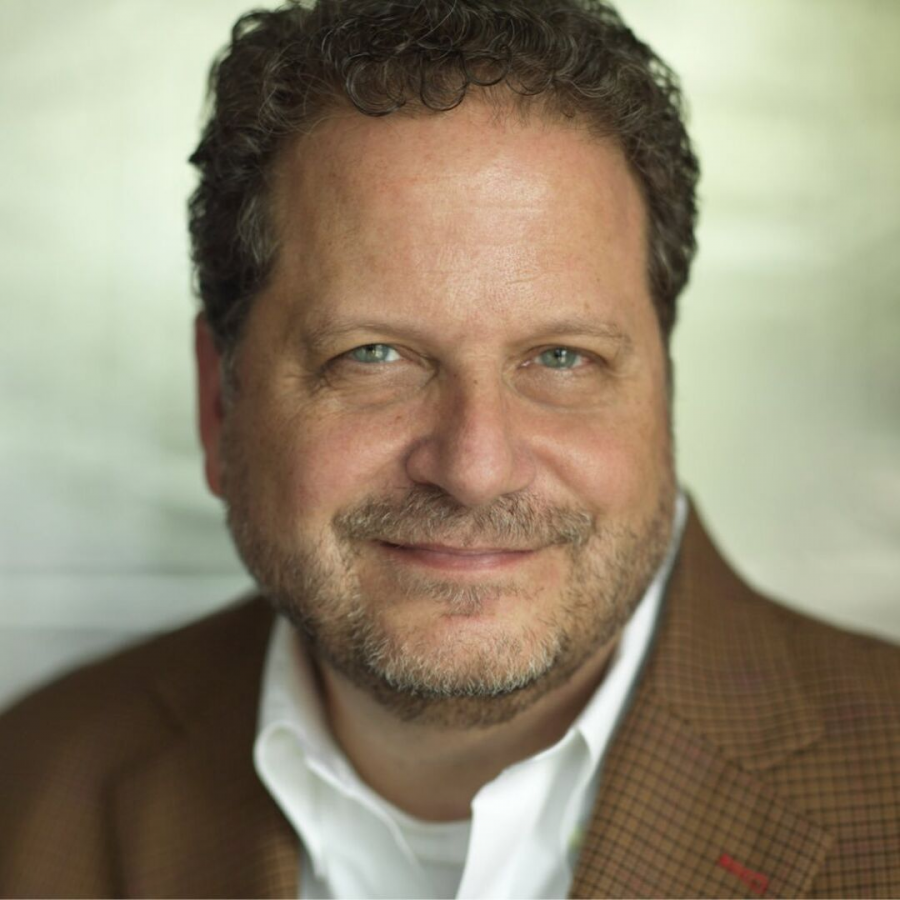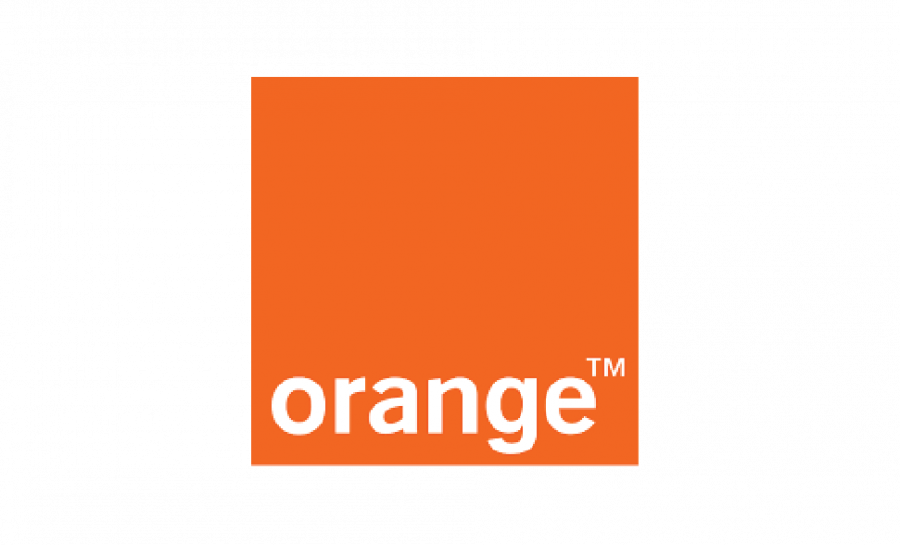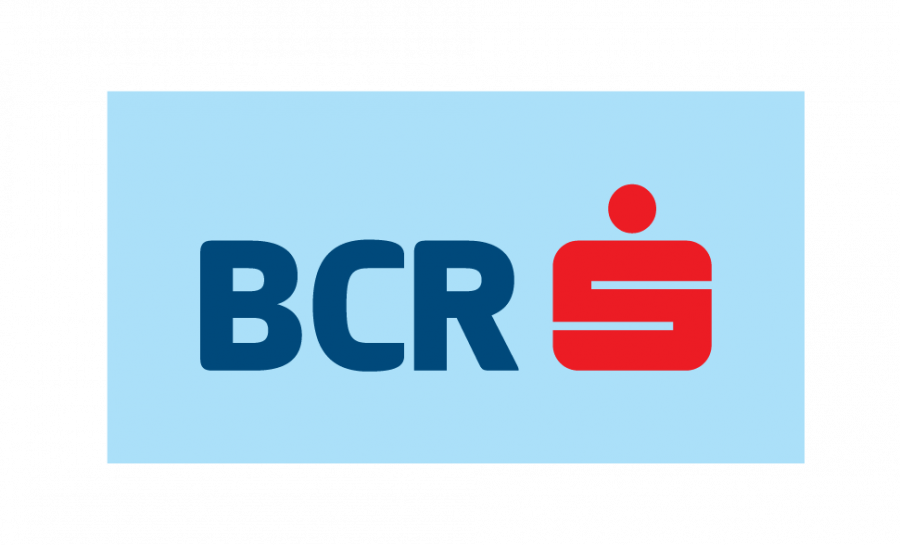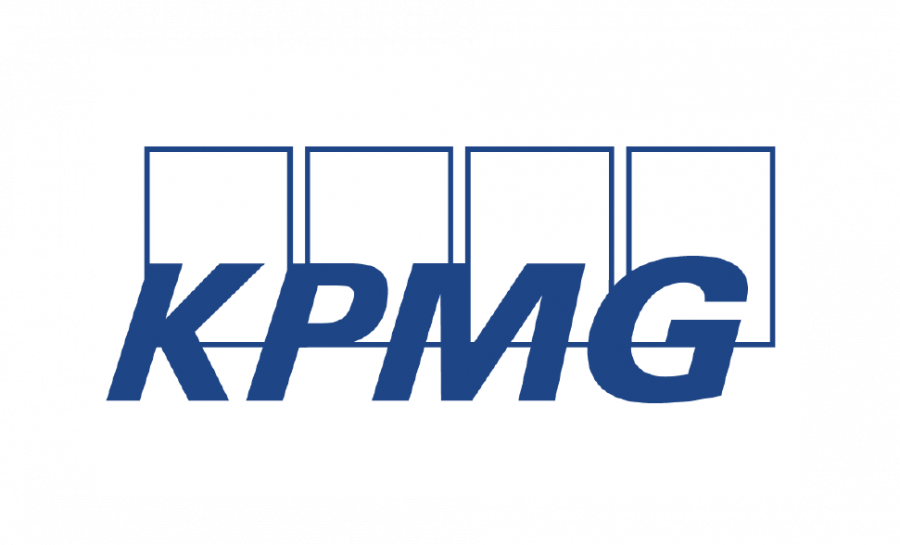12 August, 2019

Having a great idea may not always be enough to build a strong business. You might also need a product development process that will ensure you build a remarkable product.
The product development process is the driving force of companies and vital for their organic growth. Strong global competition and changing consumer behavior and technology force companies to invest in new products to succeed.
Research shows that most products fail due to the lack of a structured product development process. Companies who approach product development in a structured manner have more success than those with an ad-hoc approach.
The product development process usually covers a full spectrum of steps from the idea to the product launch. It really looks like an entire journey, including steps like:
- conducting market research and identifying a market need or opportunity
- conceptualizing and designing the product
- building the product roadmap
- developing the MVP (Minimum Viable Product)
- releasing the MVP to users
- iterating based on user feedback.
What product development isn’t
Although many use the terms interchangeably, product development is different than product management. Product development brings together more roles, and it is quite a complex process that aims to bring products to market. It usually involves different expertise, including product management, marketing, development, design, and testing or QA.
The product development process is the lifeblood of startups, more so when it comes to smaller teams.
A successful product development process might provide:
- New value for customers: adding value is an essential tactic to acquire and retain customers
- Improved environment: this is especially true for products that explore a stringent market need
- Continued existence of the company: remarkable products ensure business longevity and sustenability
There are many different ways to create an effective product development process, but all have a similar set of outcomes:
- problem/opportunity identification that produces clear goals
- stakeholder feedback and buy-in with clear communication
- clarity on what will be built
- predictable velocity within a known margin of error
- uneventful releases
- a habit of learning and iteration
But …how do you tackle all this when you have a small team and a short time?
First, let’s see why you probably need a product development process
Here are four key reasons why it’s important to have a product development process in place:
1. Control complexity
We’ve probably all been here! As your internal processes become more complex, you will also gain more things to keep track of (docs, sheets, to-do lists, and boards). It gets harder and harder to keep everything clear and organized. Unchecked and uncoordinated, tasks can quickly overwhelm you and become confusingly complex.
A product development process helps you solve this issue by offering you a working framework to plan, schedule, and implement tasks.
2. Process requirements
Without a clear process in place, new requirements will pop-up all over the place: Slack, Skype, Messenger, WhatsApp, emails, calls, or discussions on the hallway.
Having a defined process means that there is only one place where all these discussions will live. You just have to decide where.
3. Provide clarity
Putting ideas through a process forces discussions about what they will actually look like when pushed live.
Each feature can then be documented in a user story format, so there is shared clarity around how it will look and function.
4. Create visibility
As your project picks up momentum, stakeholders might want to know on what will you work on and when they can expect certain features to go live.
A clear process ensures that there is always an up-to-date, single-product roadmap to refer to.
Here are some suggestions on defining a product development process for small teams
Project Managers might schedule meetings at any given time someone has a question.
And/or communication may not often be documented as it requires.
And/or Product Owners short-circuit the development lifecycle to suggest changes.
And/or User Testing is left out because of the overhead in time and cost.
Does this sound familiar? If you’re in a small team – probably so. For small teams, the issues above are magnified by the fact that one person may take on multiple roles.
Developing great products with a small team is possible, you just need a good product development process that is fitted to your specific needs. And for that we have gathered some tips.
#1 Start with a concept, an idea, or a vision
Get the team together and discuss ideas. If you’re lucky, you might already have a list of features your users have requested, so you should prioritize those instead.
Also, discuss the level of difficulty you may encounter developing each feature, how long it would take to develop, and how that feature will impact your users.
#2 Create user stories and feature lists
Ideally, new products should be developed taking into account functional requirements and non-functional requirements.
That’s quite difficult to do when you have a small team as the process can become a lengthy one.
An effective workaround would be to create user stories instead. A user story could be something like this:
- A user should be able to call a cab
- A driver should be able to decline the ride
Then, user stories should be broken down into feature lists. The purpose of a feature list is to get a better estimate of the time needed to develop a feature, to identify possible outcomes that had not been previously discussed, and to draft the requirements (message copies, design templates, etc.)
Feature lists should be written by developers by turning user stories into specific functions. Therefore, the example above could be further broken down into:
- A user should be presented with a “Call a cab” button
- A driver should be presented with “Accept ride” and “Decline ride” buttons
- Users should be notified whether the driver accepts or declines the ride.
Once the developer finishes writing the feature list, it should be forwarded to all the parties involved.
#3 Design-using prototypes
Once you’re finished with your feature list, meaning feedback from all parties involved was integrated, it’s time to move on to building the initial designs.
At this stage, the UI/UX designer can also point out whether any issues were missed, as the initial designs he will make will provide feedback on the design spec. A design spec should provide:
- Unity in design, especially when you have multiple design versions;
- A copy draft (if required);
- The foundation for developers to start building the product.
In turn, the design spec will also be reviewed by the parties involved before implementation.
#4 Iterate
At this stage, you might have an approved feature list and a design spec. You are now ready to start developing your project.
For an effective process, breakdown development into phases:
- Back-end changes that don’t affect the front end;
- Front-end development per unique aspect of each feature;
- Complete changes in the product.
This might be easier said than done. Most times there will be dependencies between layers which will make it impossible to build iteratively.
More often than not, initial designs are idealistic in terms of text length, image aspect ratio, and so on. Should you notice any missing features or functionalities, simply add them to the feature list and notify everyone about the updates.
If necessary, the design spec will also be updated with the missing functionalities and re-approved before implementation.
There is no one-size-fits-all approach to product development. Each team should customize their product development plan to the personalities, timeline, and cost that they incur.
One important thing to keep in mind, though: we definitely recommend investigating more and developping your products with a clear product development process in mind.
Want to learn more about product development? Join us at How to Web Conference 2019 on the 30th & 31st of October.
Get your very early bird ticket right now! https://2019.howtoweb.co/buy-tickets/
Illustration credits: rawpixel.com
You may also like
5 Questions with April Dunford (author and product positioning expert) - Part 2
Having a great idea may not always be enough to build a strong business. You might also need a product development process that will ensure you build a remarkable product. The product development process is the driving force of companies and vital for their organic growth. Strong global competition and changing consumer behavior and technology force companies to… Read more »
5 Questions with Bob Moesta (co-architect of the Jobs-to-be-Done framework)
Having a great idea may not always be enough to build a strong business. You might also need a product development process that will ensure you build a remarkable product. The product development process is the driving force of companies and vital for their organic growth. Strong global competition and changing consumer behavior and technology force companies to… Read more »


